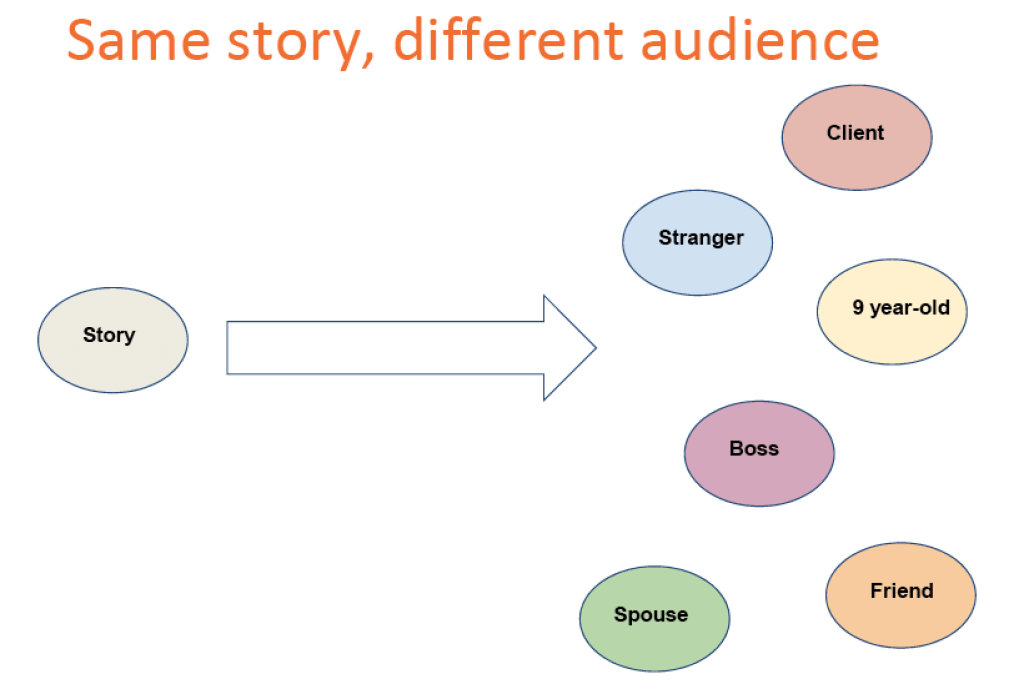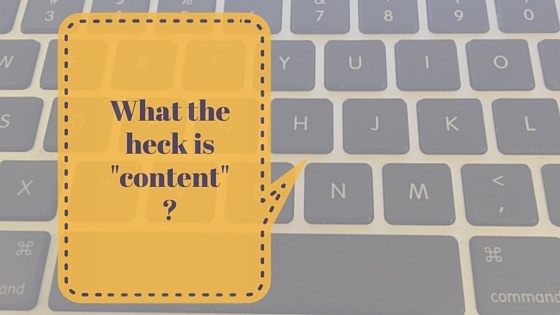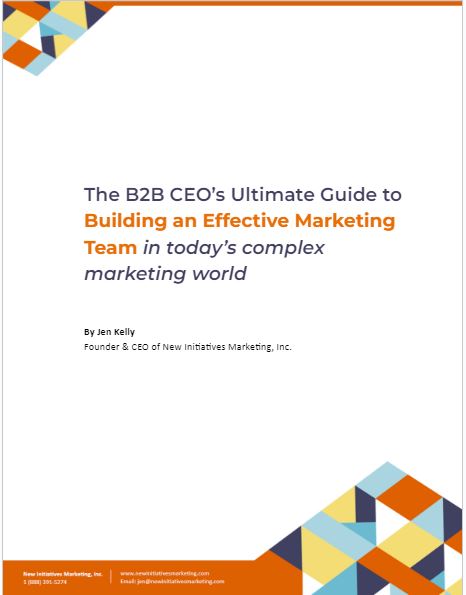What is content?
Today’s marketing experts talk about content. Digital, marketing, evergreen…But what exactly is content? Does it refer to the digitally produced material a company has, or does it have a broader meaning?
Simply put, when you hear the word “content”, think “information”, think “collateral” , think “marketing materials”.
It is generated for specific purposes, with a specific part of the customer’s journey in mind. It includes keyword phrases that are important within a business’ industry, and is used to help customer find and start to get to know, like and trust the business.
3 questions
Before developing content, three main questions must be addressed:
- What is the goal of the piece?
- Who is the intended audience?
- How will the information get delivered to the target audience?
What is the goal of the piece?
What stage of the buyer’s journey is your potential customer at when they interact this this piece?
To be a resource. Materials in the resource category are designed to develop a relationship between the business and the customer. These materials may include how-to articles, published articles in outside sources, customer reviews and testimonials. They may also include material about other companies or services that complement the business, in an effort to build goodwill. The main goal of resource materials is to establish the company as a trusted reference for information and services.
To be informative. Informational content has a wide range of content types. Material in this category can include step-by-step videos on using products, seminar brochures, digital newsletters and white papers. Often, informative content helps to establish a business as an ‘expert’ in their particular field.
To convert. Material designed to convert prospects to clients is considered conversion content. This can include statistical graphs and information, case studies and PowerPoint slides. Material that is used in a sales environment is typically designed to help the conversion of a sale.
To share client comments. Sometimes the most powerful content comes from consumers. Online reviews, video testimonials, thank you notes are all pieces of content that can be used in a compelling manner. By showcasing the accomplishments and successes of a business, other consumers have the opportunity to evaluate the business from an outsider’s viewpoint.
Who is the intended audience?
By targeting specific groups, content can be tailored to meet the need of the audience. If the intended audience is new prospects, the content will be geared towards getting the prospect to know the business. If the audience is existing clients, the content may be information about additional services the company offers in an effort to retain and cross sell or up sell.
These two pieces would be written differently as one is somewhat an introduction of the company to the prospect. The other is where the client already knows about the company and is an existing customer.
What is the platform?

You can remember a time where you shared the same story to your client, a stranger, your 9-year old, your boss, your spouse and your best friend. Most certainly you changed the length of the story and either left out some details or added them in.
You chose to do this based on who you were speaking to and how much background information they had about the topic, what your relationship was with them and how much information you thought they could handle.
This is the very same way you’d adjust information for the different platforms you’ll share it on. Facebook content is different from Twitter and is different from slide share. Same story, different audience. Just like in real life – you’d adjust your message for the intended audience.
Quality information will always reinforce the mission of the company and can be used for more than one purpose. Recycling and repurposing content is a cost effective and practical way to maximize marketing dollars, as well as create long lasting content that will continue to be helpful to the customer


